Aquatic snails are fascinating creatures that can make a great addition to your aquarium. This beginner's guide will cover everything you need to know about these unique animals, including different species, their diet and feeding requirements, shell formation, ideal water parameters, and more. We will also discuss the benefits of keeping snails in your aquarium and provide tips on breeding them successfully.
Common Aquatic Snail Species
Three snail species are popular among aquarium enthusiasts in New Zealand:
- Mystery Snails: Mystery snails (Pomacea bridgesii) are large, peaceful snails known for their beautiful shells and voracious appetite for algae. They come in various colours, including gold, black, and ivory.
- Ramshorn Snails: Ramshorn snails (Planorbis spp.) are small, attractive snails with spiral-shaped shells. They are efficient algae eaters and help keep the tank clean.
- Apple Snails: Apple snails (Pomacea spp.) are large, colourful snails that can grow up to 6 inches in diameter. They are known for their impressive size and interesting behaviour.
Diet and Feeding Requirements
Aquatic snails are primarily herbivores, feeding on algae, plant matter, and decaying organic material. However, some species, such as the mystery snail, may also consume uneaten fish food and even dead fish. To ensure proper nutrition, supplement their diet with high-quality algae wafers or blanched vegetables like spinach, zucchini, and lettuce.

Shell Formation and Ideal Water Parameters
Snails form their hard shells by secreting calcium carbonate from their mantle. To promote healthy shell growth, provide a calcium-rich diet and maintain ideal water parameters. Most aquatic snails prefer a PH level between 7.0 and 8.4, a temperature range of 18-29°C, and a water hardness of around 100-200 ppm. In addition, KH should be within the range of 12-18KH.
Advantages of Keeping Snails in Your Aquarium
There are several benefits to keeping snails in your aquarium:
- Algae control: Snails are efficient algae eaters, helping keep your tank clean and reducing the need for manual cleaning.
- Waste management: Snails consume decaying organic matter, which helps maintain water quality and reduce the buildup of harmful compounds.
- Aesthetic appeal: Snails add a unique and interesting element to your aquarium with their beautiful shells and fascinating behaviour.
Perfect Aquarium Setup and Tank Mates
When setting up an aquarium for snails, provide plenty of hiding spots using rocks, driftwood, and plants. (being mindful that apple snails eat plants) Doing this will help them feel secure and encourage natural behaviour. Aquatic snails are generally peaceful and can coexist with various tank mates, including small, non-aggressive fish, shrimp, and other snails. However, avoid housing them with aggressive or predatory species that may harm or eat them.
Breeding Snails: Tips for Success
Many aquatic snail species can reproduce quickly in captivity, provided they have the right conditions. To encourage breeding:
- Maintain ideal water parameters and provide a calcium-rich diet.
- For species like mystery snails, provide a shallow area in the tank where they can lay their eggs above the waterline.
- Keep a close eye on the eggs and separate them from potential predators if necessary.

Apple VS Mystery Snail
Are you deciding between Apple Snails and Mystery Snails for your aquarium? Let's explore the differences to make an informed decision.
Snails are a great choice if you're a fishkeeper looking to add some variety to your tank. But as you explore the world of snails, you may come across two common species: apple and mystery. While they may look similar at first glance, there are quite a few critical differences between them. Let's explore those differences and help you determine which species are suitable for your aquarium.
At first glance, apple snails and mystery snails may seem very similar. Both have a round or oval-shaped shell and come in various colours. However, there are a few key differences to look out for. Apple snails typically have a more elongated shape, while mystery snails are rounder. Additionally, apple snails tend to have a brighter, more vibrant colouration. On the other hand, Mystery snails often have more muted colours and may even have stripes or spots on their shells. Finally, apple snails have a "trapdoor" in their shell to close to protect themselves, while mystery snails do not.
Both apple snails and mystery snails are generally peaceful creatures. However, a few differences in their behaviour are worth noting. Apple snails are often more active and outgoing than mystery snails. They may climb to the water's surface to take in air and enjoy exploring their surroundings. Mystery snails, on the other hand, are more sedentary. They tend to stick to the bottom of the tank and are less likely to venture out of their shell. Additionally, apple snails are known for their "clutching" behaviour, laying eggs above the waterline. Mystery snails, on the other hand, lay their eggs underwater.
Both apple and mystery snails are omnivores, meaning they will eat plant and animal matter. However, there are some differences in their preferences. Apple snails tend to prefer plant matter, such as algae and vegetation. They may also enjoy sinking pellets or flakes designed for herbivores. Mystery snails, on the other hand, are more carnivorous. They may eat small fish or invertebrates if they are not provided with enough food. They also enjoy sinking pellets or flakes designed for omnivores.
Finally, it's essential to consider each species' natural habitat when determining their needs in captivity. For example, apple snails are native to South America and prefer warm, still waters with plenty of vegetation. They also need a source of air above the waterline to thrive. On the other hand, Mystery snails are found in Asia and Africa and prefer cooler, flowing waters with plenty of rocks and hiding places. But, again, they do not require a source of air above the waterline.
So, which snail is suitable for your aquarium? It ultimately depends on your preferences and the needs of your tank. If you're looking for an active, outgoing snail with bright colouration, an apple snail may be a good choice. On the other hand, if you're looking for a more sedentary snail to help keep your tank clean, a mystery snail may be the way to go. In either case, provide your snail with plenty of hiding places, a varied diet, and optimal water conditions. Your snail will be a happy and healthy addition to your aquatic community with proper care.
Summary
Aquatic snails are fascinating creatures that can make a great addition to your aquarium. Understanding their needs and providing the right environment ensures your snails thrive and contribute to a healthy, balanced ecosystem. Whether you're a beginner or an advanced snail enthusiast, there's always something new to learn about these captivating creatures.
Sources:
- Ruppert, E. E., Fox, R. S., & Barnes, R. D. (2004). Invertebrate Zoology: A functional evolutionary approach. Belmont, CA: Thomson-Brooks/Cole.
- https://www.aquariumsource.com/mystery-snail/
- https://www.fishkeepingworld.com/apple-snail/
- https://www.thesprucepets.com/mystery-snail-1381035

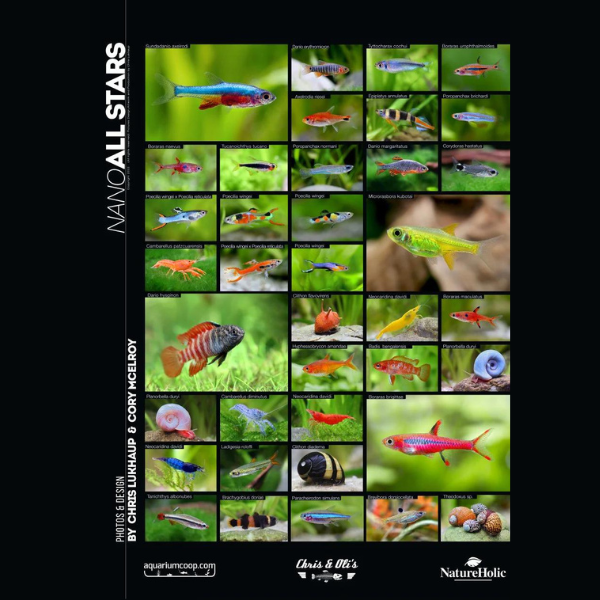
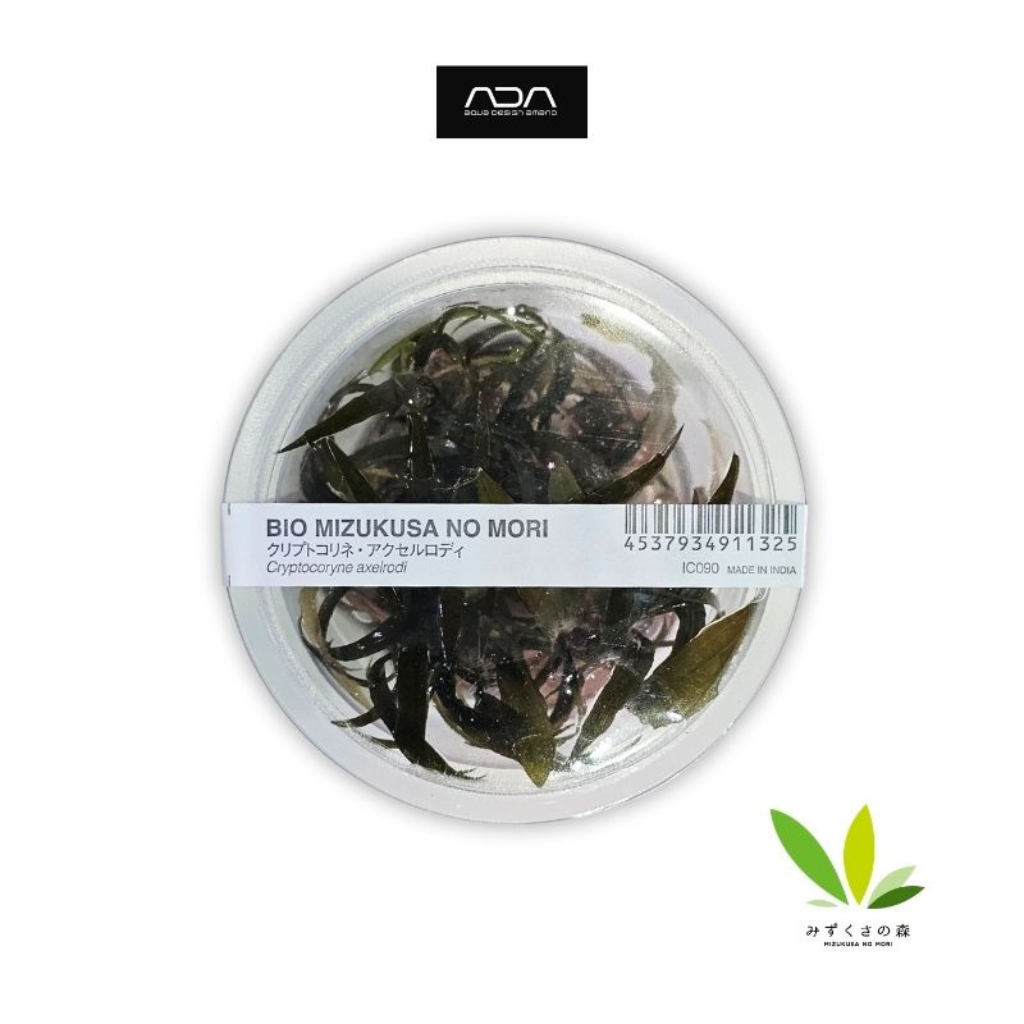
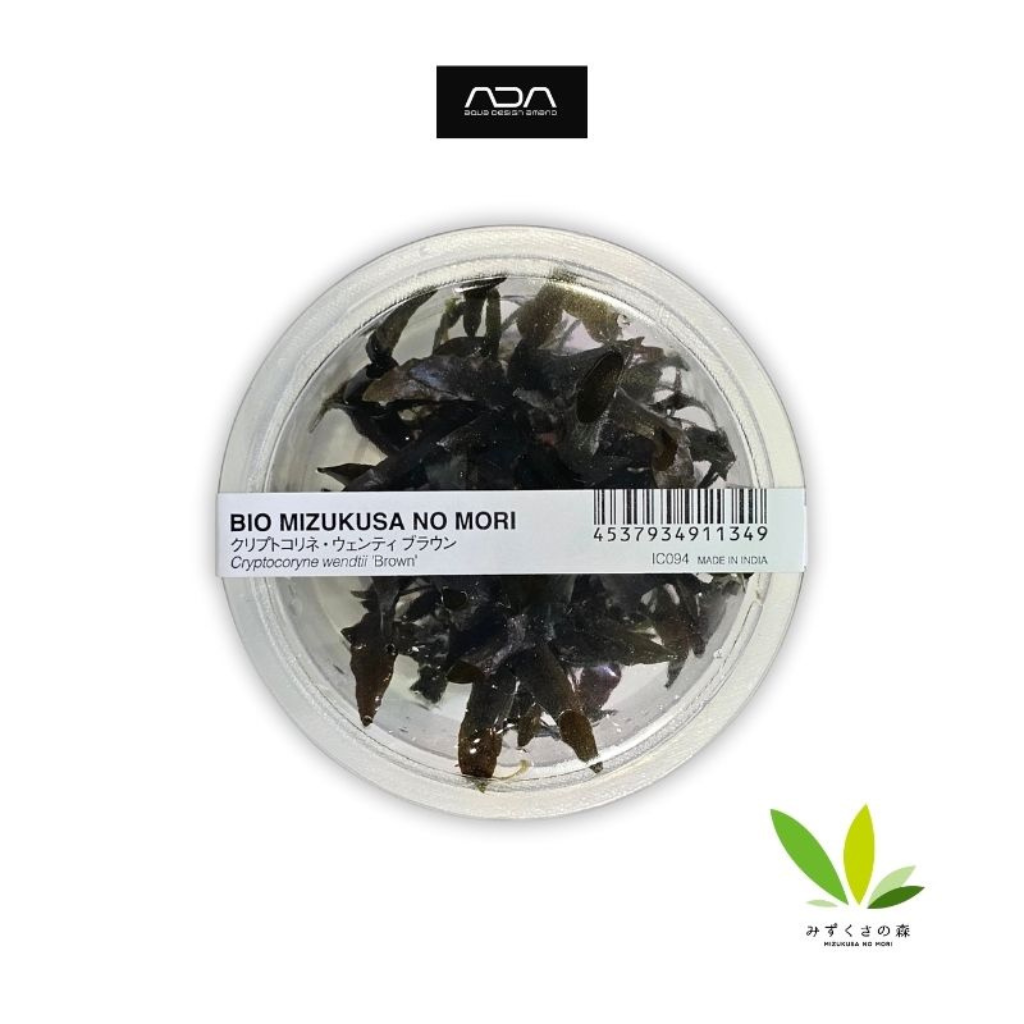
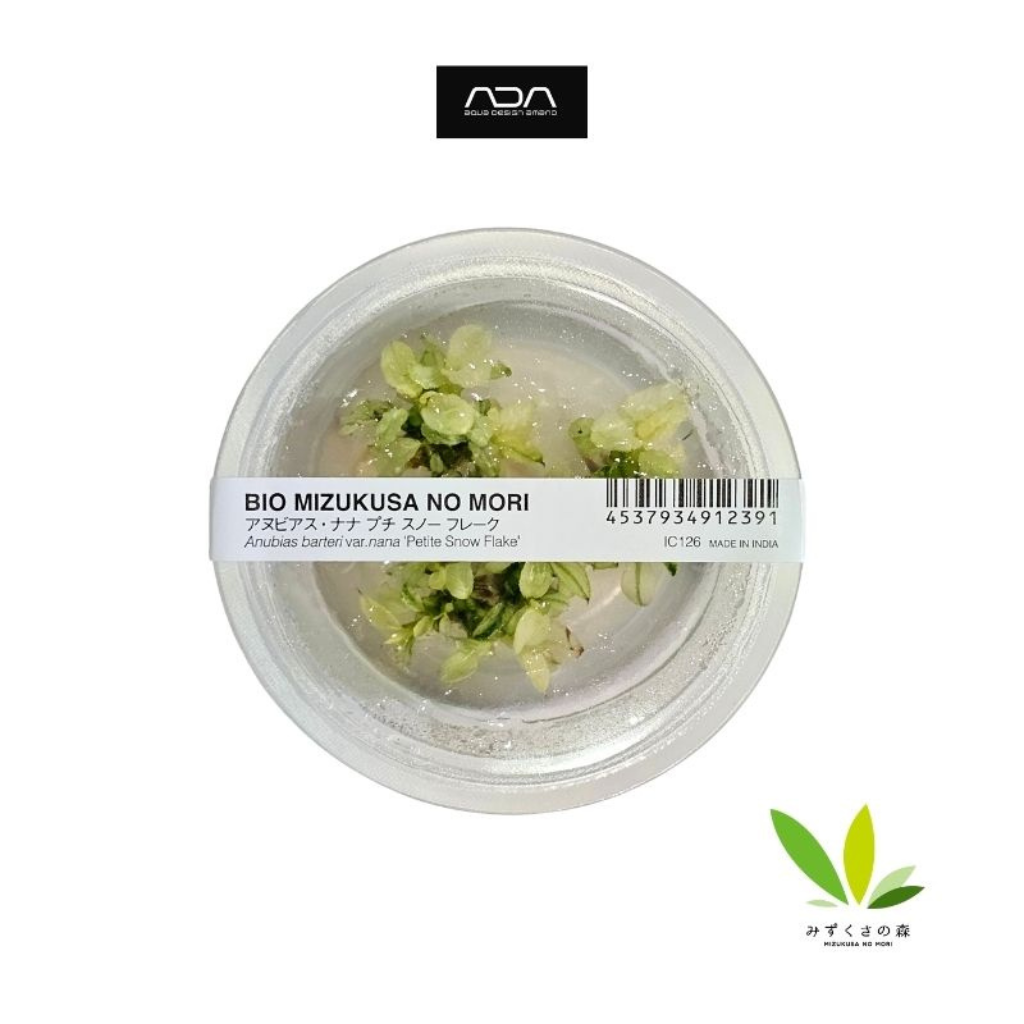

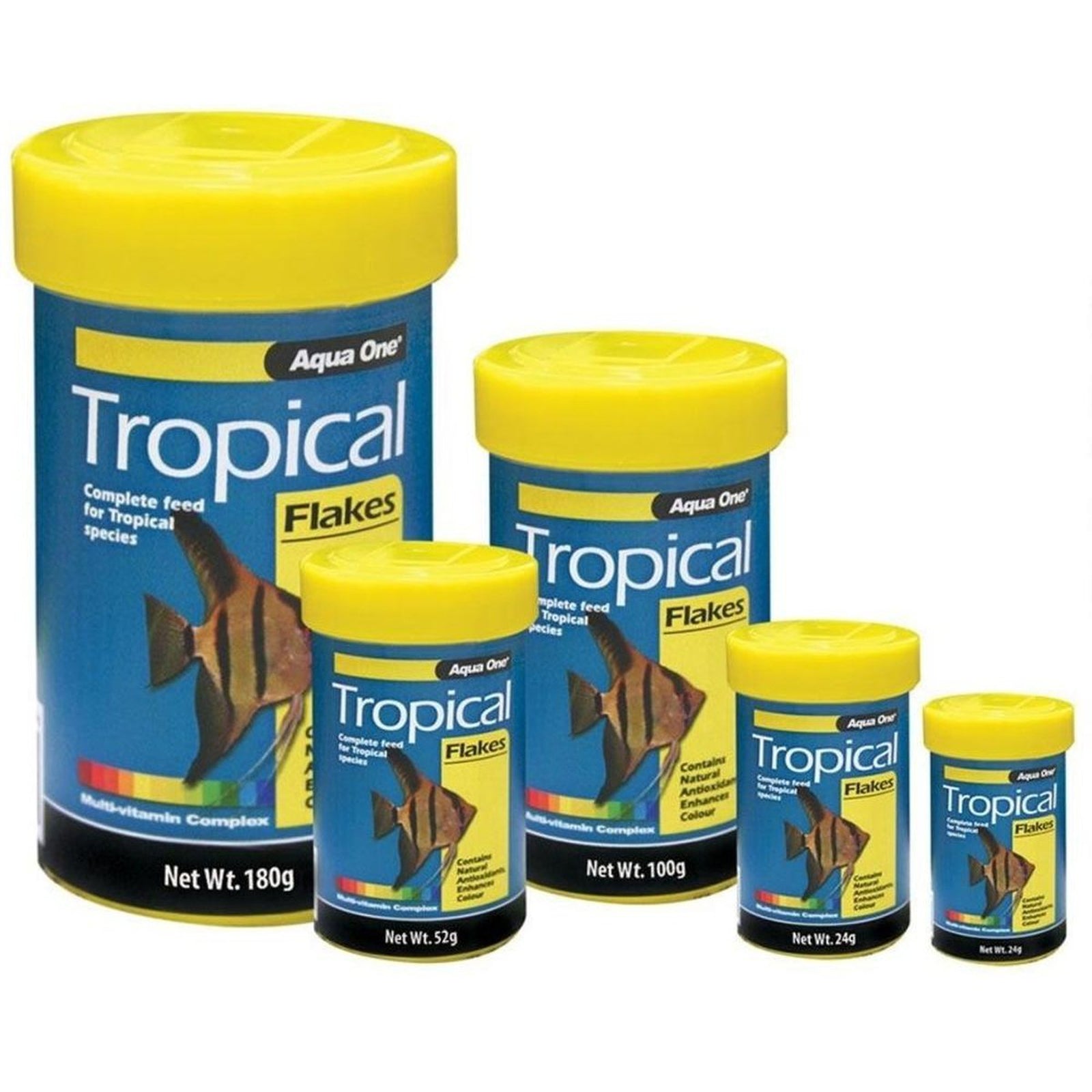
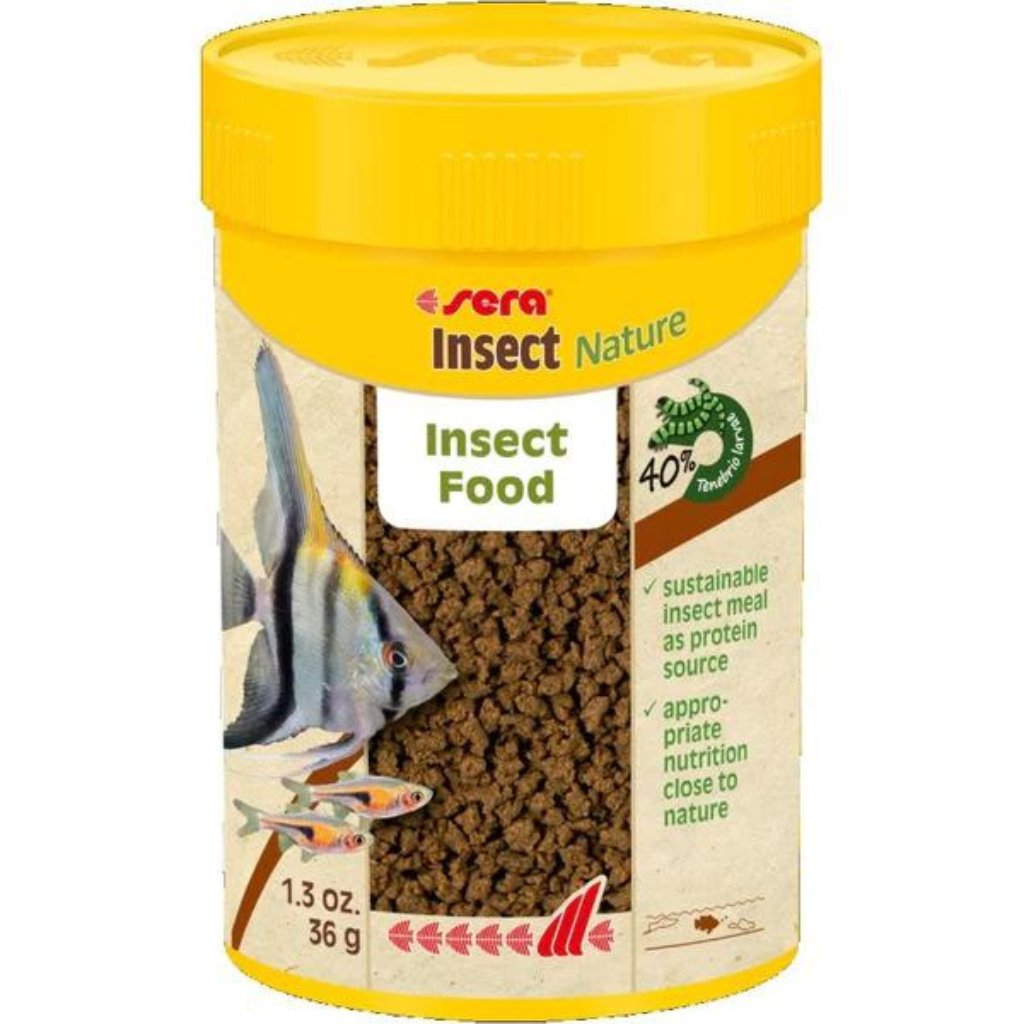
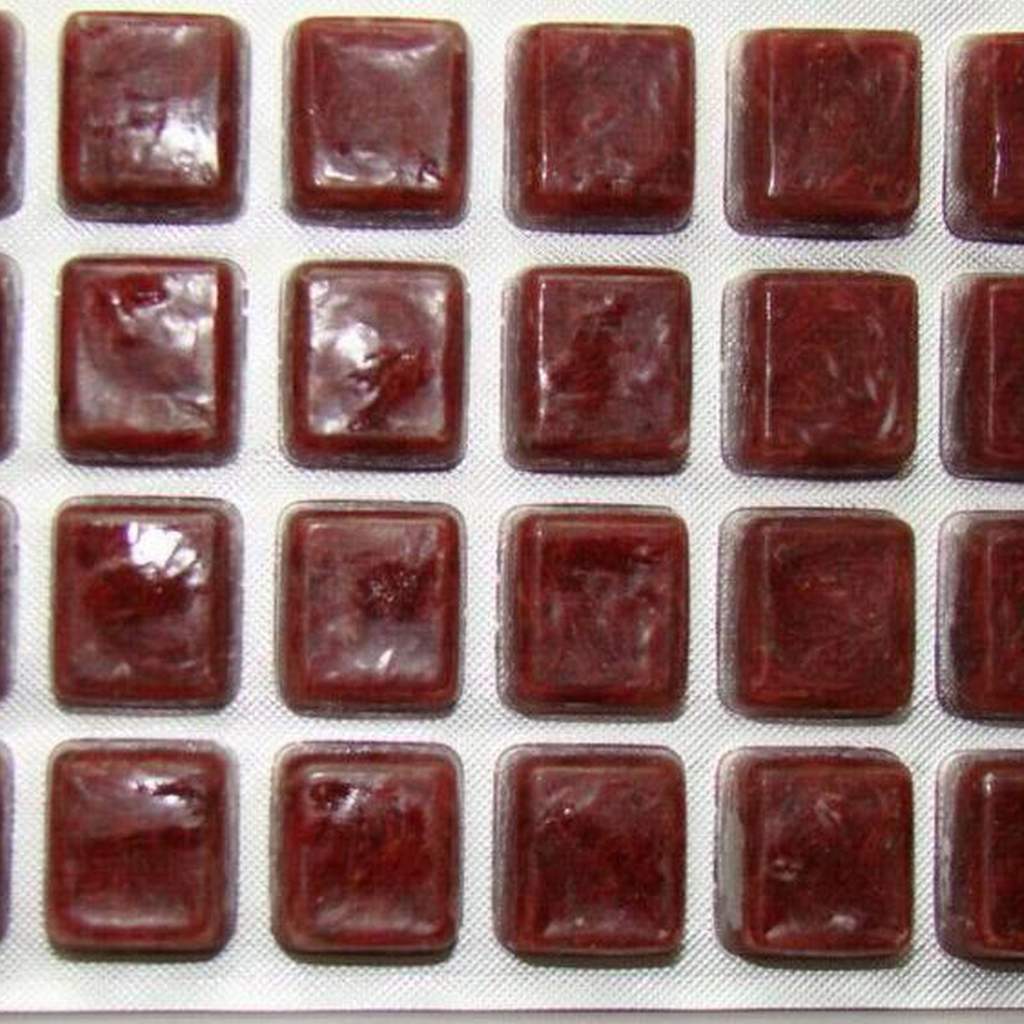




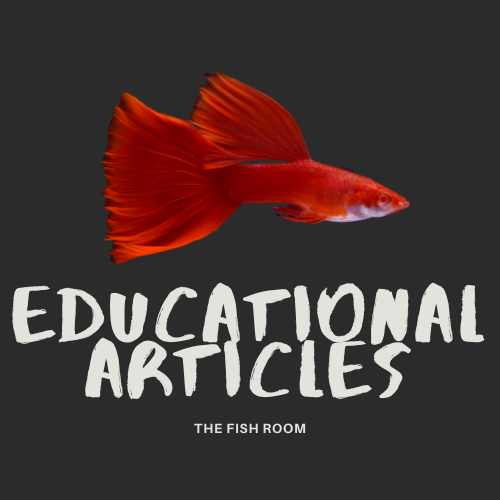
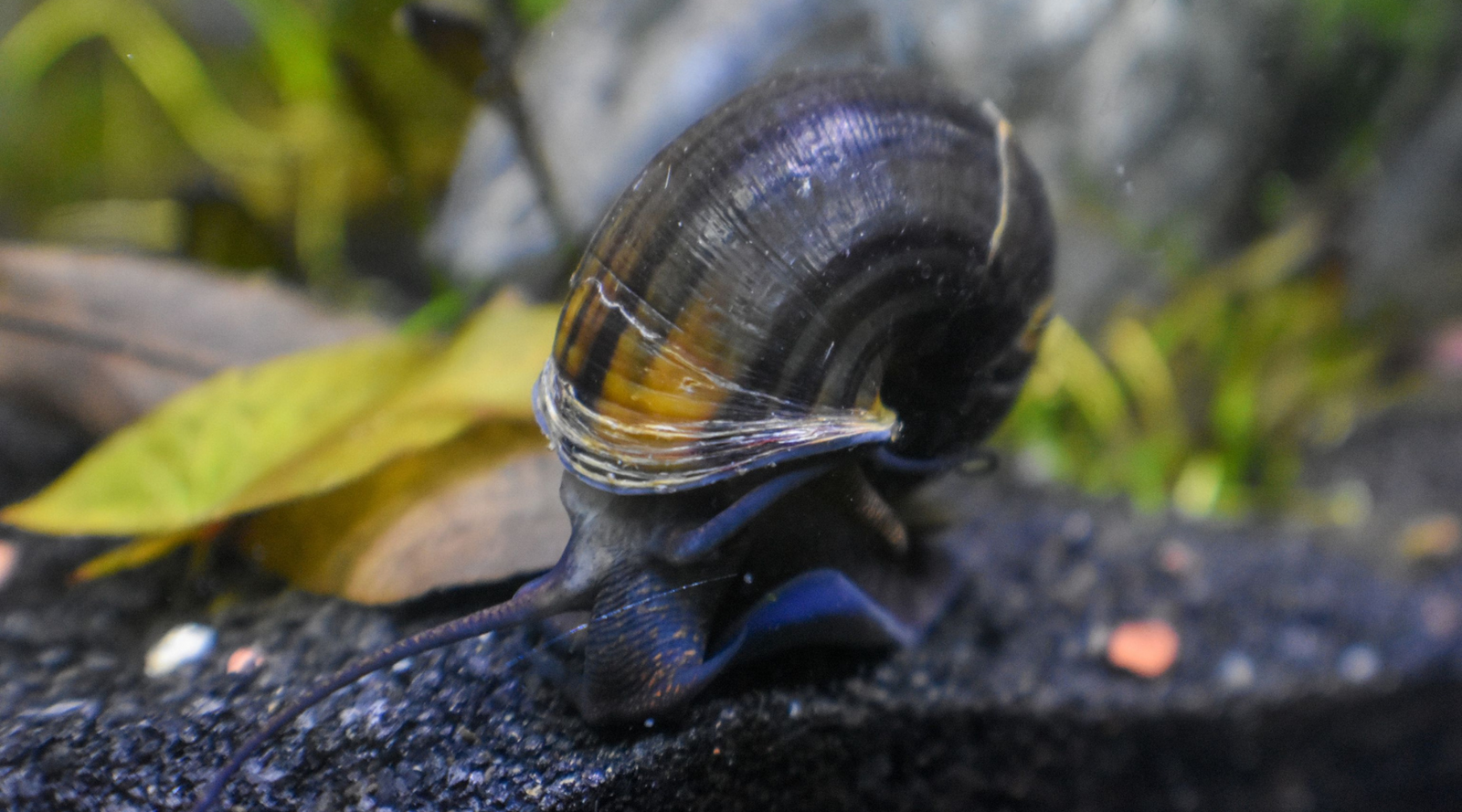



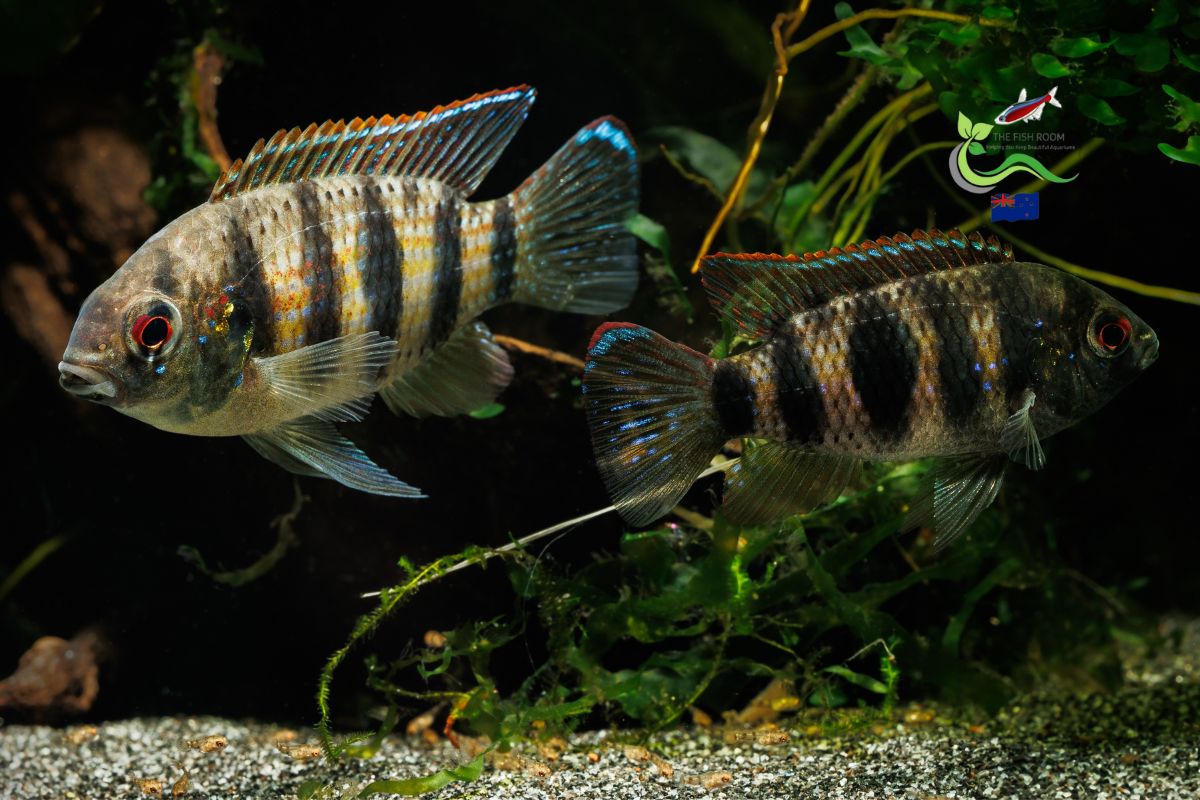
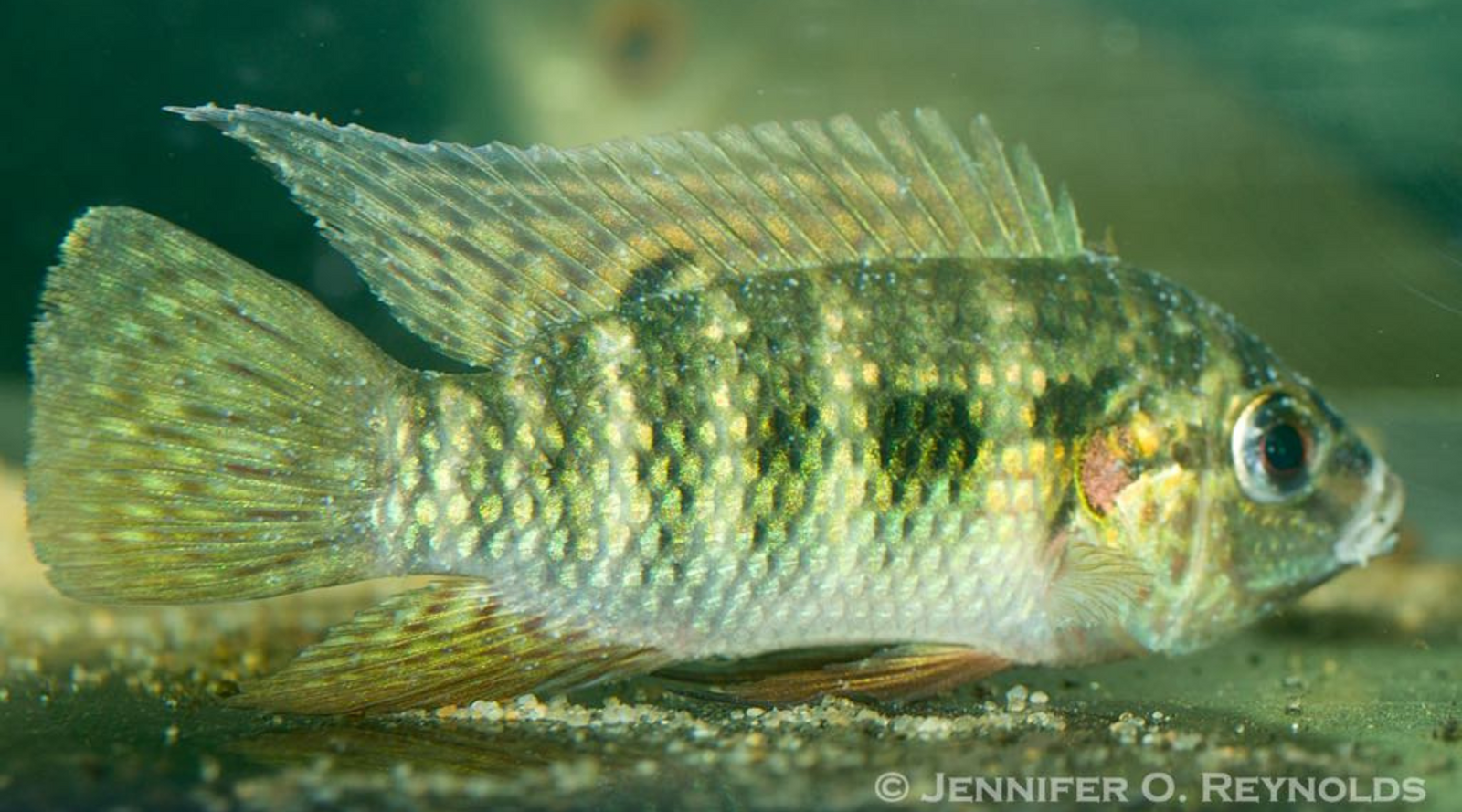
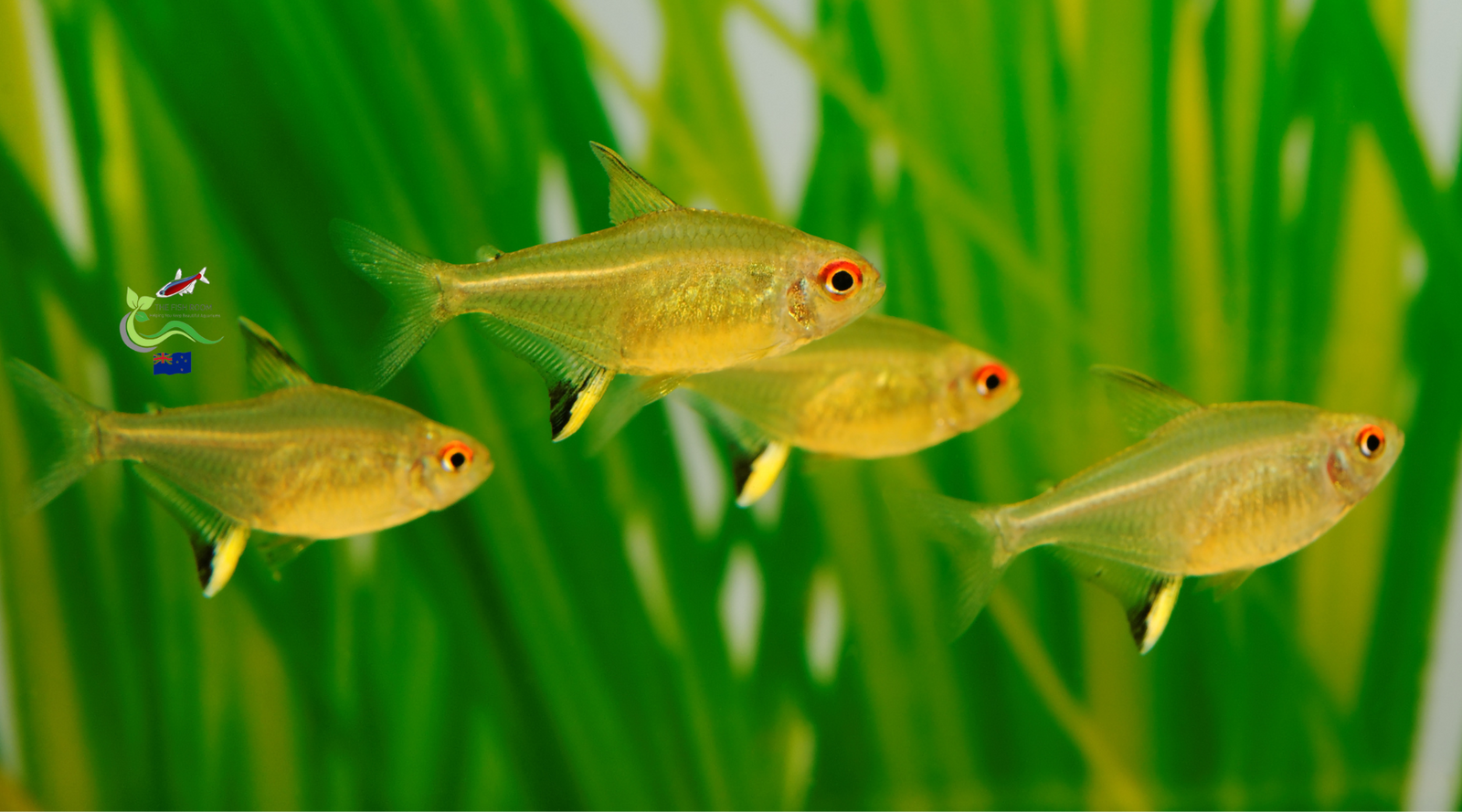
Terrena
June 10, 2024
Hi there I’m just wondering what the best filter would be for 70litre tank for apple snails